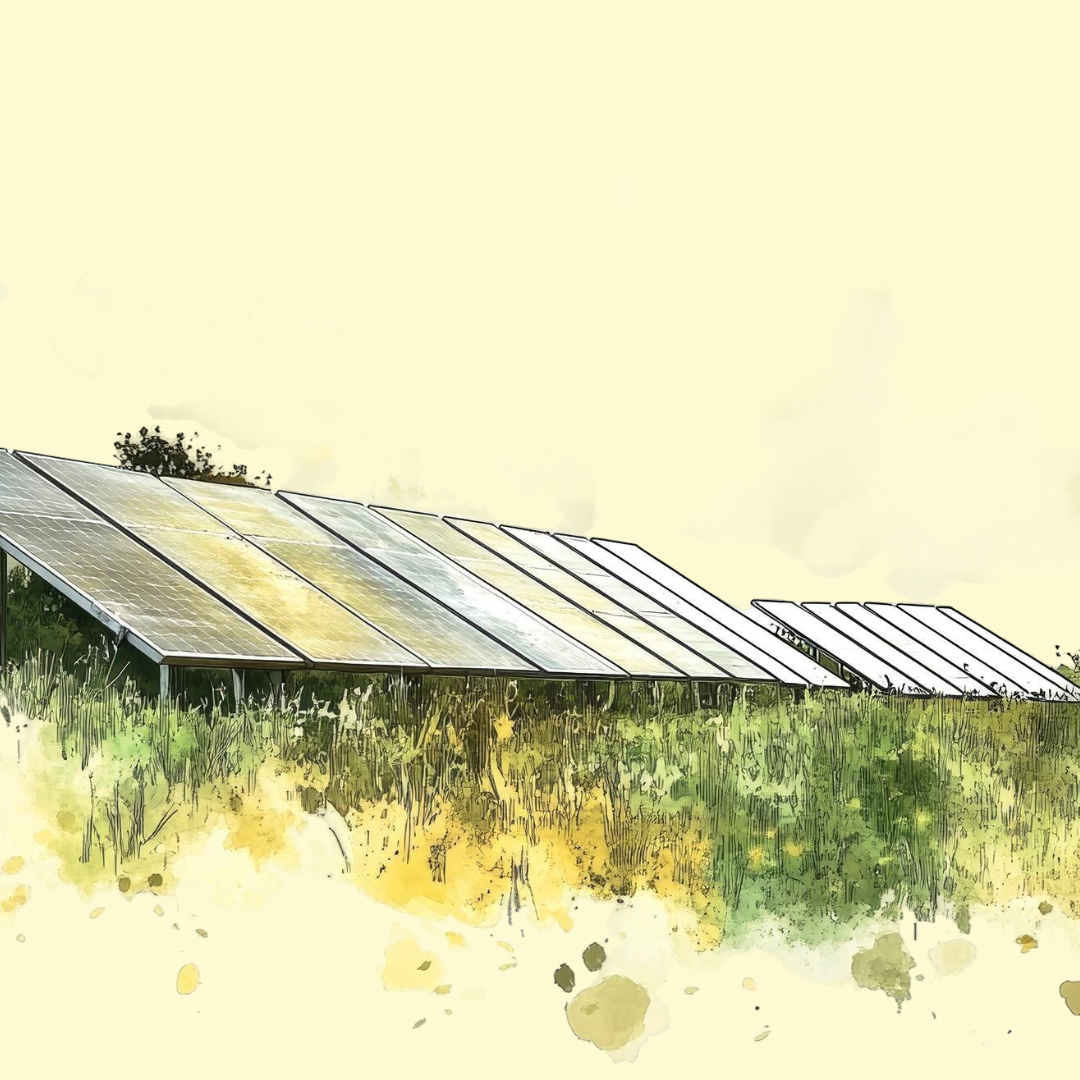Climate-neutral and fair? It’s possible for Europe: New study finds
Europe has committed to becoming climate-neutral by 2050. However, how can we get there in a way that’s technically feasible, economically responsible, and fair to all member states? Researchers from Aarhus University and the Technical University of Denmark offer an answer in a new study published in Nature Communications.

Image by Rawpixel.com | Freepik
Using an advanced energy model of the entire continent, the researchers explored what happens if each country must be self-sufficient in energy on an annual basis, that is, producing as much energy as it consumes within its borders.
“Our study shows that climate neutrality doesn’t have to come at the cost of energy fairness,” said postdoc Parisa Rahdan, lead author of the article. “With smart technologies and a co-ordinated effort, we can shape a transition where all countries both contribute and benefit.”
The study demonstrates that Europe can achieve net-zero emissions, a state where no more greenhouse gases are emitted than can be absorbed through reforestation, carbon storage, or technological solutions. This is essential for meeting the Paris Agreement’s goal of limiting global warming. Moreover, it can be done with an average cost increase of only 2.1 per cent compared to the most cost-effective scenario without self-sufficiency.
For countries that are currently dependent on energy imports, such as Belgium and the Netherlands, costs may rise significantly, up to 150 per cent, while others may save. Yet, overall, this leads to a more balanced distribution of solar and wind installations and a fairer, more resilient transition.
Solar power and co-operation are key
One of the most important technologies in the scenario is solar energy, particularly new configurations of solar panels. The models show that single-axis tracking systems, which follow the sun from east to west throughout the day, are cost-effective across Europe. Moreover, underdimensioning inverters turns out to be a financially sound strategy, as solar panels rarely operate at full capacity.
“Technologies once deemed too expensive have now become cost-effective solutions because the price of solar panels has dropped dramatically,” added Parisa Rahdan, continuing: “This includes inverter sizing and configurations where solar panels are tilted east and west.”
These solutions are especially valuable in densely populated or land-constrained countries, where they can maximise energy yield per area and support self-sufficiency.
The researchers also stress that self-sufficiency does not mean isolation. Even as electricity production becomes more localised, countries will continue to trade synthetic oil, methanol, and hydrogen produced in resource-rich regions.
The result is a picture of Europe’s energy system as a green puzzle: a system where the pieces fit together precisely because every country contributes and receives support from neighbours.
Realistic growth rates and political momentum
A key question is whether the necessary scale-up of solar and wind is realistic. According to the researchers’ analysis, it is, but only if many countries significantly ramp up development. Using historical data as a baseline, the study shows that required growth rates exceed past records in several countries, but not by an unattainable margin.
“We need to raise our level of ambition,” said Parisa Rahdan, adding: “But we also see that technological development and political momentum are pointing in the right direction. The time to act is now.”
The study sends a clear message to national policymakers and the EU: make room for new solar technologies in energy models and promote global co-ordination. Most importantly, remember that energy justice can be a strength in the transition, not a barrier.
DOI: 10.1038/s41467-025-61492-9